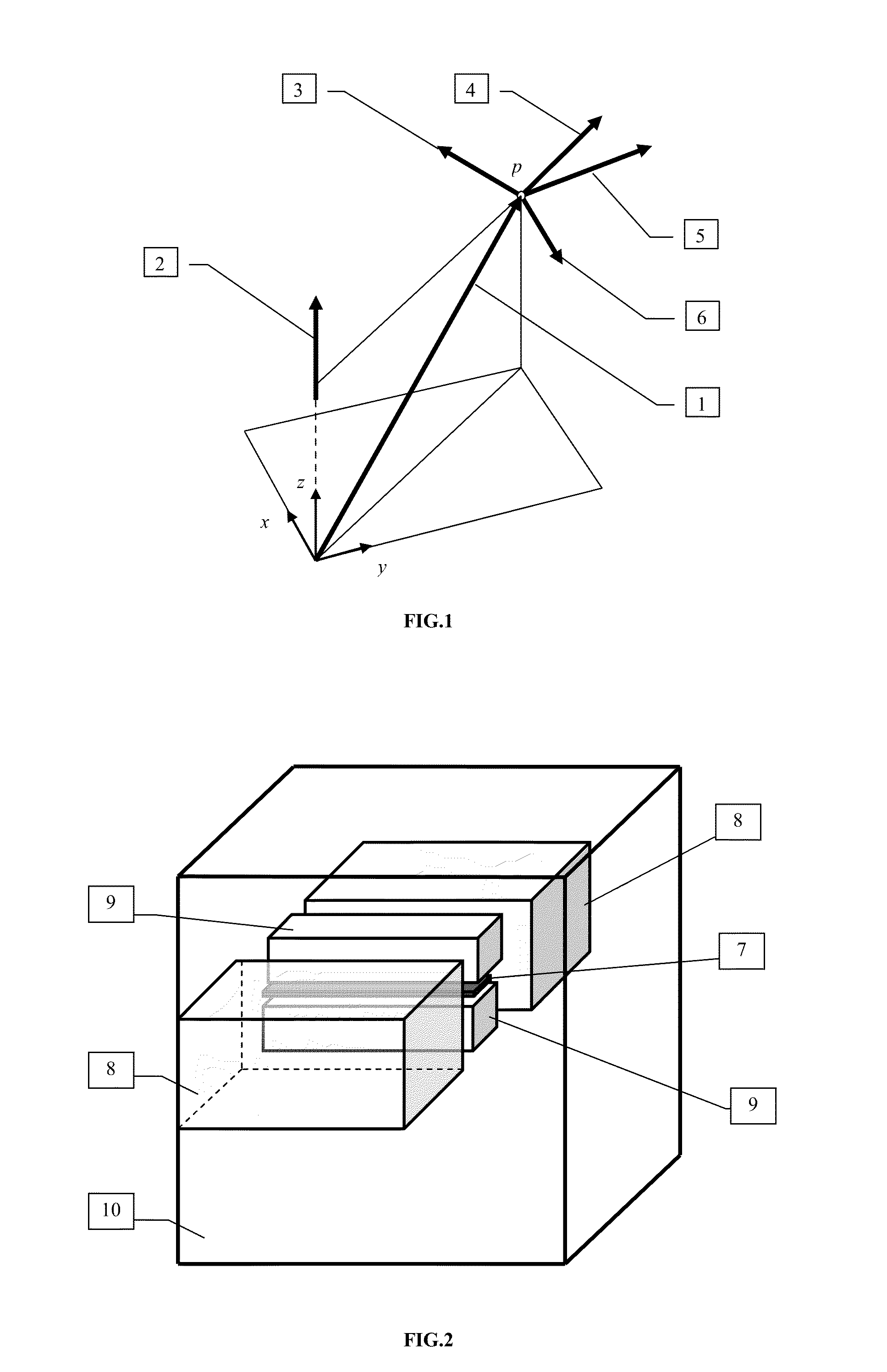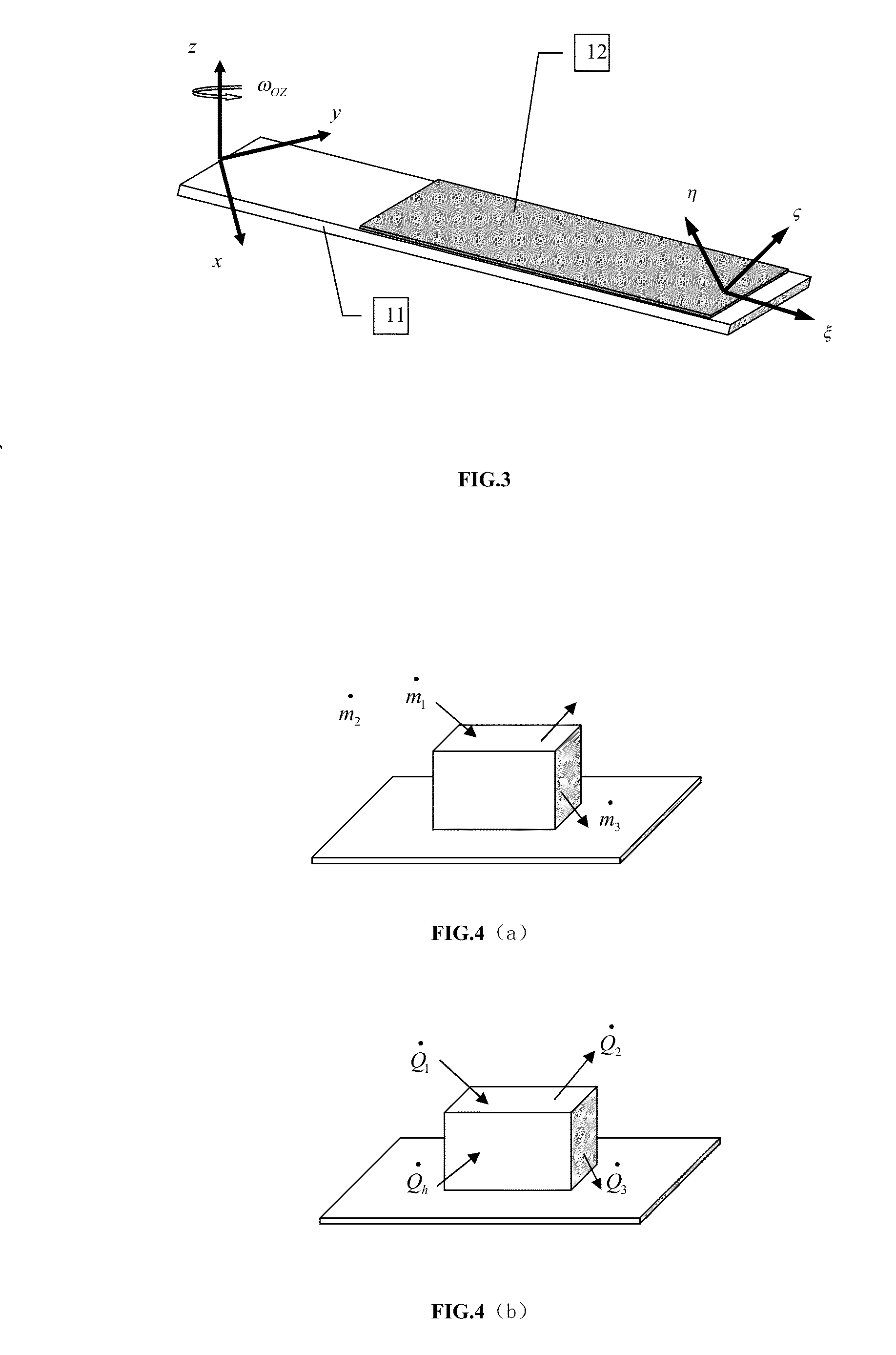Numerical simulation method for the flight-icing of helicopter rotary-wings
a numerical simulation and helicopter technology, applied in the field of numerical simulation of helicopter rotary-wing flight icing, can solve the problems of increasing the wing load and output torque, deteriorating the stall characteristics, and affecting the performance of flight icing
- Summary
- Abstract
- Description
- Claims
- Application Information
AI Technical Summary
Benefits of technology
Problems solved by technology
Method used
Image
Examples
Embodiment Construction
[0089]A preferred embodiment according to the invention is illustrated following. It is related to a numerical simulation method for the flight-icing of helicopter rotary-wings with a section view of NACA0012 airfoil. This method can be embodied using the computer language codes and the codes can be run on computers to do the simulation.
[0090]The computational domain only covers one quarter quadrant, where includes one rotary-wing, with spanwise ratio of 7 and two-dimensional section view of NACA0012 airfoil, rotating around Z-axial. The computing grid is a multi-block structured hexahedron grid. On each two-dimensional section view, the grid is the 0-type grid with 192 cells around the airfoil and 48 cells along normal direction of airfoil wall. Totally 32 cells are along the spanwise of the wing. The FIG. 6 shows the computing grid on the surface of one three-dimensional wing with NACA0012 section view. The spatial discretization scheme in the numerical method to solve any governi...
PUM
 Login to View More
Login to View More Abstract
Description
Claims
Application Information
 Login to View More
Login to View More - R&D
- Intellectual Property
- Life Sciences
- Materials
- Tech Scout
- Unparalleled Data Quality
- Higher Quality Content
- 60% Fewer Hallucinations
Browse by: Latest US Patents, China's latest patents, Technical Efficacy Thesaurus, Application Domain, Technology Topic, Popular Technical Reports.
© 2025 PatSnap. All rights reserved.Legal|Privacy policy|Modern Slavery Act Transparency Statement|Sitemap|About US| Contact US: help@patsnap.com



